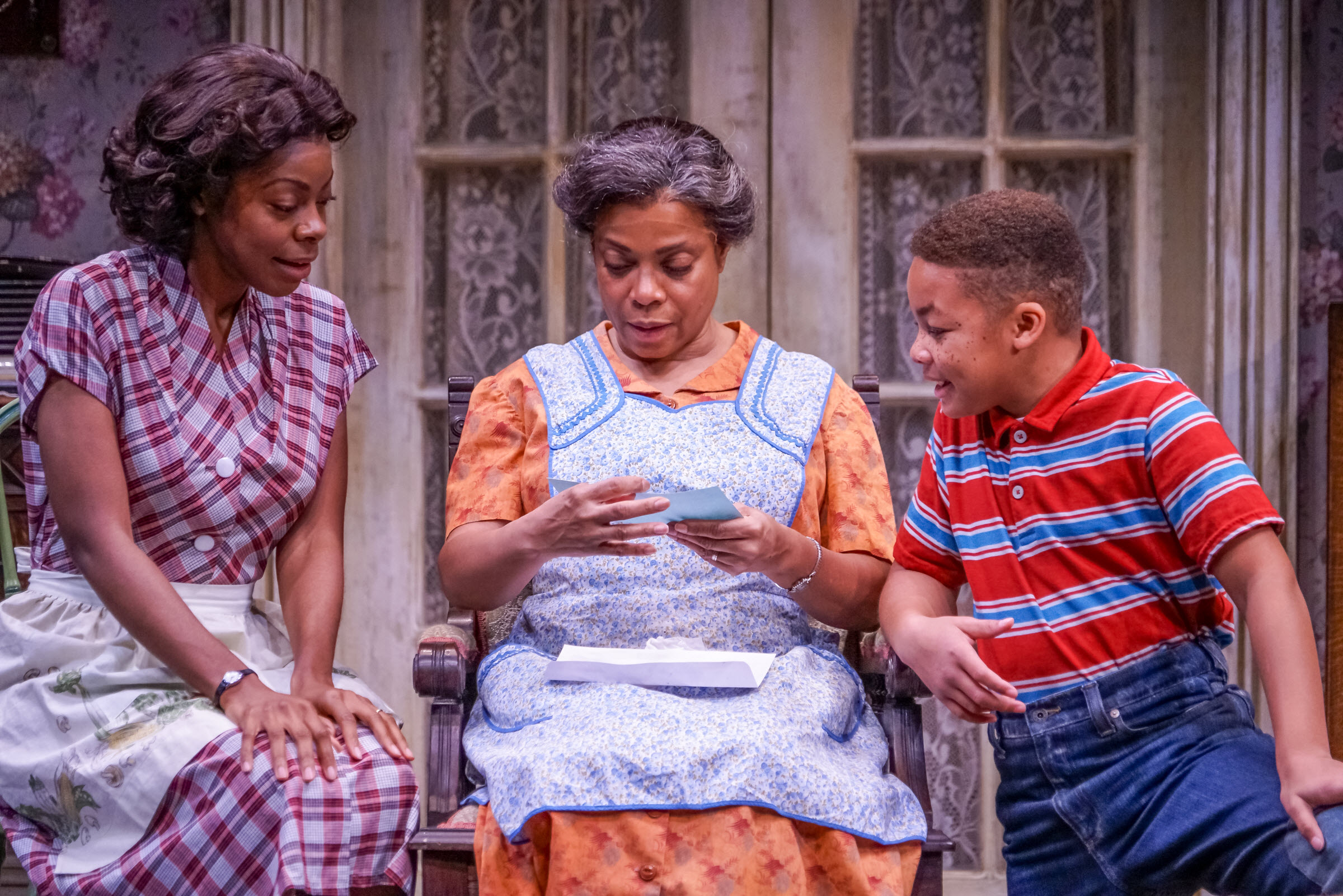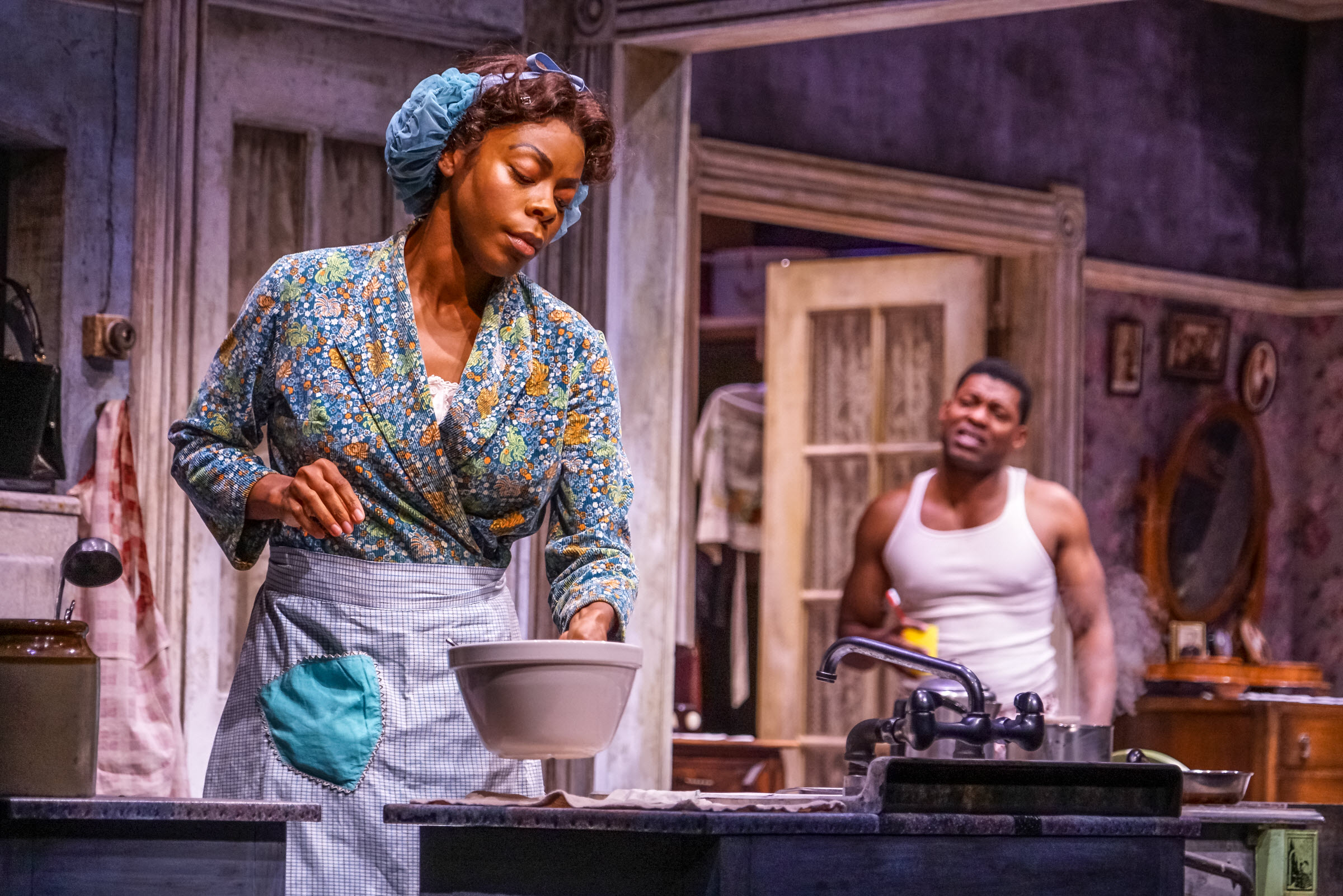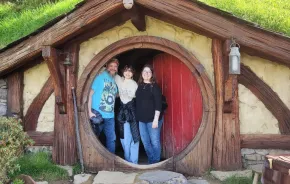
Bottom line
To take your child or yourself to see A Raisin in the Sun at Seattle Repertory Theatre is to enter into the heart of a social and political, and deeply personal, conversation about race, racism and power in America, whether you want to or not.
And if you are White, I believe you should not only want to enter this conversation with your children but feel compelled — obligated, actually — to do so. As surely as White parents are willing to discuss sharing, sexting and peer pressure, we should be motivated to confront with our kids the topics of racism and our families’ and society’s role in a legacy of oppressing Black and Brown people in America.
The story, which explores struggles with Black identity and roadblocks to achieving the American dream, offers parents and families of all backgrounds an exceptional gift: a way to enter a most difficult, painful and, yes, dangerous space — a pathway to bear witness, to tell and listen to stories, to validate experiences and to make change.
Highlights
The play, written by playwright Lorraine Hansberry and wonderfully directed by Timothy McCuen Piggee, tells the story of the struggling Younger family on Chicago’s South Side who are exploring a move to the White neighborhood of Clybourne Park. Their experience is not only currently relevant but absolutely urgent in the context of racism, police brutality against people of color and the schools-to-prison pipeline.
Recently, while I was driving around North Seattle with both of my children, my 9-year-old daughter asked, “Why are there mostly White people here?”
At the time I launched into an attempted explanation of redlining and the forces of structural racism, from slavery to Jim Crow to today, that enforce segregation and empower people unequally. In the way that art and theater uniquely can, A Raisin in the Sun helps make this connection. It shows how history determined structures of power that oppress African Americans and people of color in America today.
I took my sixth-grade daughter, who is 12, to the show. She reacted vehemently to the sexism and verbal abuse that Walter Lee Younger, the father, directs toward his wife, younger sister and elderly mother during scenes of family strife. “They need to send him out,” she whispered angrily to me more than once. When Walter Lee mismanages the family’s money with dire consequences for all, including the sister who hopes to go to medical school, my daughter all but blasted out of her seat in outrage.
While I am proud that my child and her generation are part of a social sea change jostling for gender equality, as a White parent and beneficiary of privilege I was not off the hook. After the show I followed up. “It’s wrong for someone to treat anyone that way, you’re right. But why do you think Walter Lee was so angry? What was he limited by?” This is where the opportunity for honest and ongoing discussion about equality, oppression, systemic racism and the role my child and others have in reshaping America comes into play.
Parents should know
A Raisin in the Sun debuted on Broadway in 1959. The Rep's current production is recommended for sixth grade and above, and there are some very serious topics, including a short storyline about abortion, some profanity including the “n” word and a lot of harsh bickering between Walter Lee and his wife, Ruth.
A theme of the story is the measure of a person: What makes a person? What must a man, or a woman, do to earn the respect of others? What must a person do to respect herself or himself?
Even bigger is the not-as-directly-articulated theme of the measure of a society. What makes a society good or fair or oppressive? How do we take stock of our role in society, of our responsibilities? And the question we are left with, that all parents can and must explore with our children: How do we create the society we want to have?
The production navigates these serious issues with emotion, nuance and, at times, humor. The Younger family is, we see, a family like any other in a home like many others, juggling relationships and discovering who they are. Actor Richard Prioleau paints a complex picture of Walter Lee while actress Denise Burse is show-stopping as matriarch Lena. Nine-year-old Jalani Clemmons is endearing and perfectly funny as son Travis, and Claudine Mboligikpelani Nako is a driving force as sister Beneatha. And every mother will relate intimately to Mia Ellis’s portrayal of beleaguered young mother Ruth, who is just trying to care for and love her family.
The set and costumes provide the expertly tuned details that bring the story to life and build a powerful emotional connection between stage and audience, and the omnipresent American flag does not allow us to forget the the ideals, both good and bad, that shape the Younger world and ours.
The issues raised in the story are certainly complex, and viewers will react in different ways informed in part by our own experiences with identity, racism and priviledge. But there are many doors that can lead to learning. To make inroads to deep conversations, parents can latch onto some of the play’s offered metaphors such as grandmother Lena’s scrappy plant kept by the window, and the traditional Nigerian dress that sister Beneatha, engaged in the Civil Rights Movement, is given by her endearing African suitor Joseph Asagai.
A Raisin in the Sun takes its title from the poem “Montage of a Dream Deferred” by Langston Hughes. Another avenue to learning is to talk with children about dreams ― why it’s important to have dreams and what it means to have a dream deferred. Try this exercise suggestion from the play’s learning guide:
Using whichever art form you feel most comfortable with (photography, drawing, writing, spoken word, etc.) and create a piece that portrays your interpretation of what might happen to a dream deferred. If you have social media, post it and remember to use the hashtag #seattlerep and #RaisinAtTheRep.
Parents can also discuss the life story of Raisin playwright Lorraine Hansberry, who was the first African-American woman to have a play on Broadway and whose artistic work and political activism thrust the issues of race and racism onto the American stage and helped advance the Civil Rights Movement.
If you go...
When and where: A Raisin in the Sun plays through Oct. 30 at the Bagley Wright Theatre
Tickets: Tickets can be purchased online. Prices vary by performance.
Other resources and exercises
Do you think there is something that can be done to diversify Seattle neighborhoods? Choose a Seattle neighborhood. Find historic events (policies, conflicts, migration, etc.) that may explain the current population of your chosen neighborhood. Talk about how to change neighborhoods for the better.
In the play guide, read the section called "A Tainted American Ideal" to explore the history of urban and suburban segregation. Watch this old newsreel to get a glimpse into the construction process and the theory behind Levittown, regarded as the archetype of segregation in American suburbs.
Discuss structural racism. This video offers a simple explanation and accounting of structural racism.
Create a meme that communicates your view of structural racism. If you have a social media account, post it with the hashtag #seattlerep and #RaisinAtTheRep.
Discuss the incredible advancements and historical successes of the African American community. Use the timeline on page 16 of the play guide as guidance. Read books featuring Black characters.
Read how a Portland, Oregon, teacher explored redlining with her young students.












